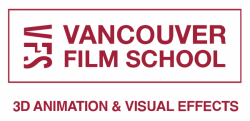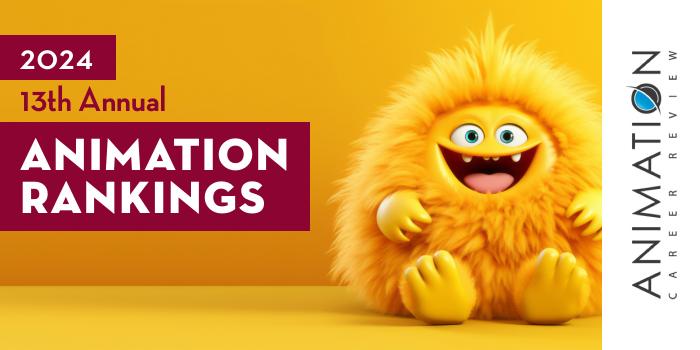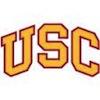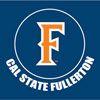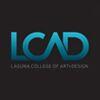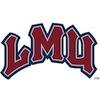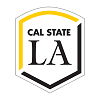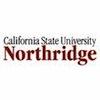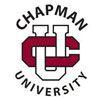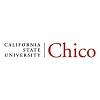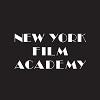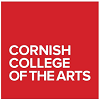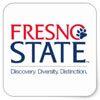DigiPen Institute of Technology (DigiPen) is the first school in the world to offer a bachelor’s degree in video game programming. The school is also a Certified Partner of SideFX—developers of the procedural 3D art software, Houdini. This tool is preferred by major studios that produce films, games, and projects for television.
DigiPen provides intensive programs for artists seeking a degree in art, design, technology, and engineering. Across programs, students benefit from technology-focused curriculums; interdisciplinary team-based projects that last anywhere from a semester to a year; courses taught by instructors who have worked on projects for Walt Disney Animation Studio and LucasArts; and the opportunity to study abroad at a DigiPen campus in Singapore or Spain.
For animators, DigiPen has two program options: the Digital Art and Animation BFA, and the Digital Arts MFA. The BFA program is designed for artists looking to enhance their skills. Competitive and challenging, the program covers animation, 2D and 3D digital art, traditional media, and production pipelines. Course examples for this 126 credit hour program include Animation I-III; Introduction to Scripting and Programming; 3D Digital Art Pipeline; Visual Development for Production; Film History; Storytelling; Game History; and Cinematic Project I-III.
The Digital Art and Animation BFA is available at the main DigiPen campus in Redmond and at the school’s overseas campuses DigiPen Europe-Bilbao, Spain and DigiPen Singapore.
The Digital Arts MFA program at DigiPen Institute of Technology provides advanced training in 2D and 3D digital art production. Students in this 60 credit hour program will already have formal training in animation, 3D modeling, digital painting, figure drawing, color theory, drawing, and composition sculpture.
Course examples for the program include 3D Concepts and Production; Organic and Hard Surface Modeling; Digital Arts Survey and Analysis; Conceptual Design and Illustration; Art Research Methodology; Character Design; and Art Production Process. Free electives and independent study provide opportunities for students to customize their pathway.
Digital Arts MFA students will complete two MFA Thesis courses, which begins with Thesis Pre-Production. This course lasts one semester. For the final two semesters of the program, students will work with a faculty advisor to complete the final Thesis Project. Throughout the program, students will also work in teams to create several games, films, and other productions.
Graduates of the Digital Art and Animation BFA, and the Digital Arts MFA programs at DigiPen are prepared for advancement opportunities in their current careers or to pursue positions in their chosen area.
Since its inception in 1988, DigiPen Institute of technology has produced hundreds of accomplished animators, filmmakers, game designers, and other artists who have earned more than 300 awards and festival selections. DigiPen students and graduates have also won 230 awards for game projects and academic papers. And, to date, DigiPen graduates have helped develop more than 2,000 commercial game titles.
More than 1,250 companies worldwide have hired DigiPen graduates. Examples include Walt Disney Imagineering, Riot Games, Blizzard Entertainment, Warner Bros. Games, Electronic Arts (EA), Microsoft, Zynga, DreamWorks Interactive, Sony, ArenaNet, Google, Apple, Meta, Amazon Games, and Nintendo.
Established in 1988 as a Vancouver, British Columbia-based computer simulation and animation company, DigiPen Institute of Technology serves 1,200 students enrolled in 10 undergraduate and graduate degree programs in Computer Science, Digital Art and Animation, Engineering, Game Design and Development, and Music and Audio. In addition to the Redmond, Washington campus, DigiPen has international campuses in Singapore and Spain.
The school also has educational partnerships with Princess Nourah bint Abdul Rahman University in Riyadh, Kingdom of Saudi Arabia, Keimyung University in South Korea, The One Academy in Kuala Lumpur, Malaysia, and Thammasat University in Thailand. DigiPen Institute of Technology is accredited by the Accrediting Commission of Career Schools and Colleges (ACCSC).
